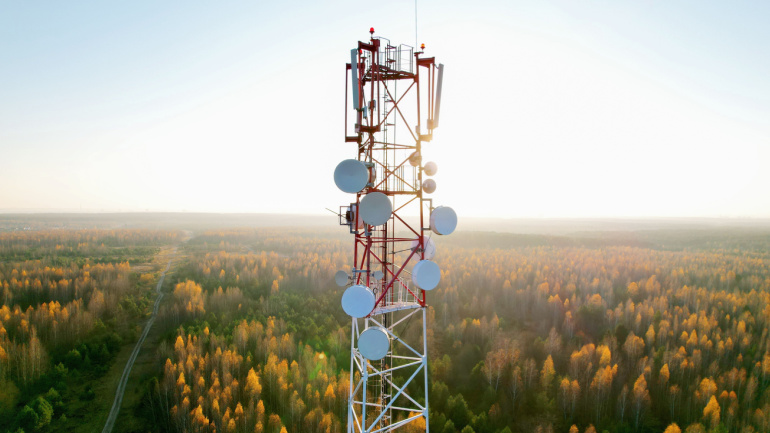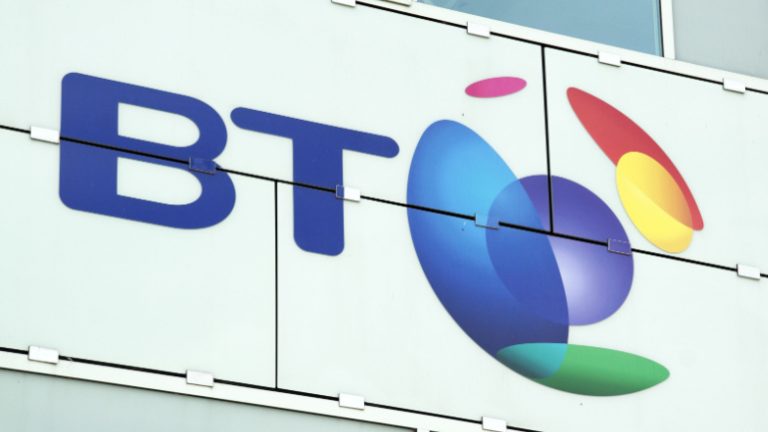
With the ambitious aim of bridging the digital divide in rural areas, the Spanish Government has kick-started the next stage of its €1 billion initiative, with a specific focus on expanding 5G technology advancements to locations with fewer than 10,000 inhabitants. The Ministry of Economic Affairs and Digital Transformation (MINECO) is at the helm and has carved out a significant €544 million from the fund for 5G standalone deployments.
The allotment extends to both active and passive infrastructure and caters particularly to regions where private sector-led network deployments are unlikely to occur over the next three years. This opening has garnered significant interest, cementing the government’s commitment to providing high-tech solutions in hitherto neglected areas for the foreseeable future.
A range of 5G applications, including IoT, augmented and virtual reality, and AI, have been slated as potential beneficiaries of this roll-out. In addition, various sectors, such as agriculture, tourism, and public sectors like healthcare, emergency services, and waste collection hold considerable prospects for augmenting their offerings through these advanced mobile technologies.
Drawing on World Bank statistics, the rural populace in Spain amounts to 19% of the total, similar to the percentage in France (18%) and Germany (22%). Unequivocally, this demonstrates the pressing need to upgrade and widen network coverage, benefitting these substantial population segments.
Spain’s telecommunications industry has been lauded for its proactive efforts to introduce fibre to every part of the country. With an impressive 91% fibre-to-the-premises coverage, Spain handily surpasses the EU average of 56% and exceeds its counterparts in France and Germany. Furthermore, Spain’s progress on the 5G front has also been notable, with 98% of all 5G pioneer bands now allocated in the country.
This steadfast investment in telecommunications was initially accelerated back in July when MINECO allocated €448 million to a set of telcos to upgrade rural 5G base stations with fibre backhauls. Alongside this commitment, an additional €10 million fund aimed at experimental 5G projects was launched.
The ongoing drive towards parceling out over a billion euros in funding is encapsulated neatly by María González Veracruz, secretary of state for telecommunications and digital infrastructure, who emphasizes the government’s dedication to fortify Spain’s economic and social fabric and strengthen territorial cohesion.
In essence, the Spanish Government’s commitment reaffirms the potential of 5G as a game-changer for rural communities. While the pathway to complete 5G integration is likely to be demanding and complex, the potential outcomes in terms of connectivity and socio-economic progress are undeniably worth acknowledging. Bearing in mind the successful implementation of fibre coverage, Spain’s continued journey into 5G expansion is a revelation many are waiting to witness.



